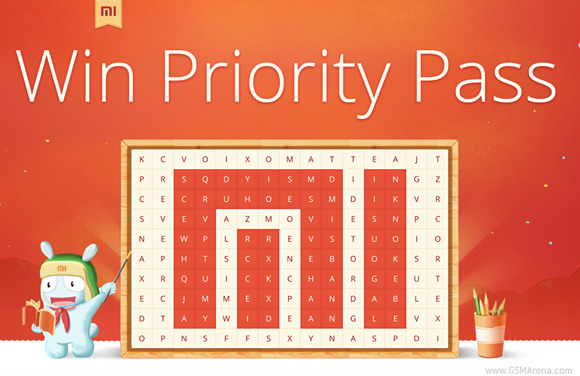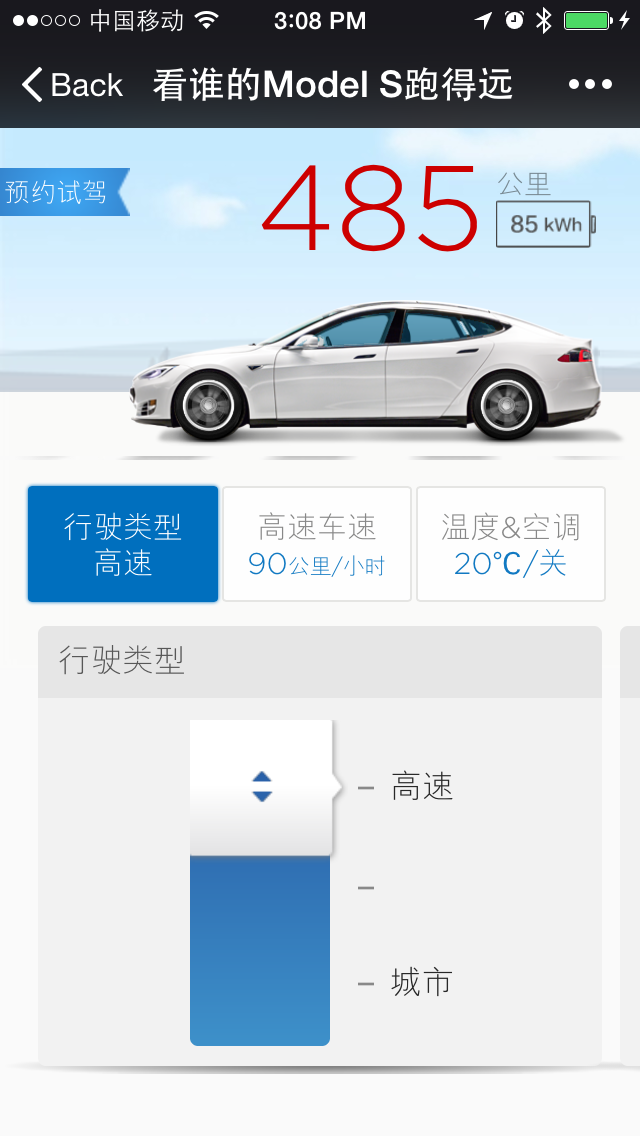Very few mobile apps can rival WeChat in popularity in China. In fact, for the majority of smartphone users, the total time spent on WeChat surpasses any other activity associated with the mobile devices, including the actual talk time.
Thanks to its business friendly ecosystem, brands have been enthusiastically embracing the platform and creating new ways to interact and engage with existing and potential customers.
WeChat is already redefining ways in which businesses sell products and services, communicate marketing messages, provide support or entice customers to visit their physical outlets. Every day we see new original and creative ways used by brands that take advantage of both WeChat enormous reach and its flexible functionality.
In this post, I’m going to discuss a few marketing innovations which have been employed by brands on WeChat.
Customer service
From its early days, WeChat official accounts had built-in capability to automatically respond to users’ text input. The account can be pre-programmed with the set of responses for common inputs at the first level of interaction. Then, the system can be further expanded by incorporating smarter logic that could deliver much more complex responses.
For example, a travel business can develop a function that would allow clients to pick a vacation spot by typing in something like “What would be the best beach resort in the Philippines?”. The system then would return the query filled with useful info, pictures or even videos followed by a link to proceed to reservation or chat with an actual human.
Gamification of marketing
Everyone loves games, even those who say they don’t. This behavior is hardwired in our brains whether we realize it or not. WeChat provides new ways games can be woven into marketing by creating a phenomenon that is often called “gamification”. A chance to win a prize by participating in a contest is a sort of strategy widely employed by brands on WeChat.
By playing an actual game, a user can accumulate points or virtual cash that could be used towards a purchase of a products or ticket for an event.
Interactive product catalogs
Instead of featuring a standard online product catalog, WeChat can enable integration of more complex and interactive ways for product searches.
For example, Tesla incorporated such interactive functionality in their WeChat account. It allows getting information on models all the way to the directions to the nearest dealership.
Power of geolocation
Knowing customer’s location for delivering the most relevant marketing message to a potential customer is one of the most powerful features of mobile marketing. WeChat has capability of detecting your location fairly accurately and trigger messages based on it.
For example, when you find yourself near a restaurant around lunch time, getting a discount coupon featuring one of the dishes similar to the one you ordered there last time could be just enough to steer you right back.
Learn about your customer
Every time a customer interacts with a brand account, it is an opportunity to learn something about him or her. Apart from the obvious demographics, brands can get insights on individual preferences, most searched product types or price ranges, underlying reasons for choosing one product over another etc.
There is practically no limit to what can be learned but company’s ability to process the tsunamis of data. WeChat is one of the channels that brands can use to developer such insights and, at the end of the day, come up with better offers.









